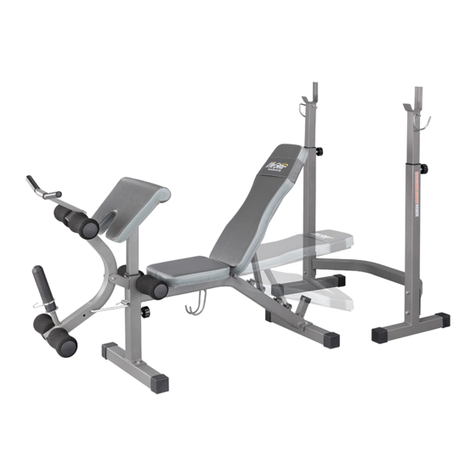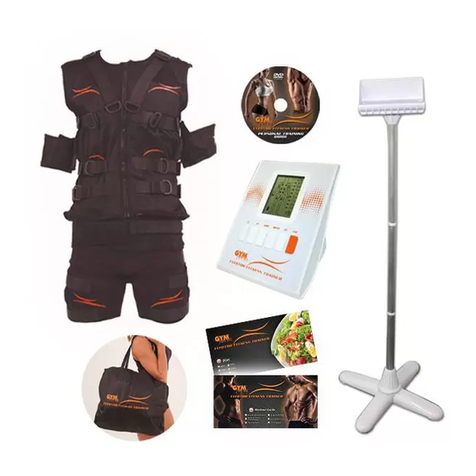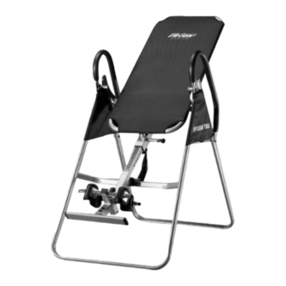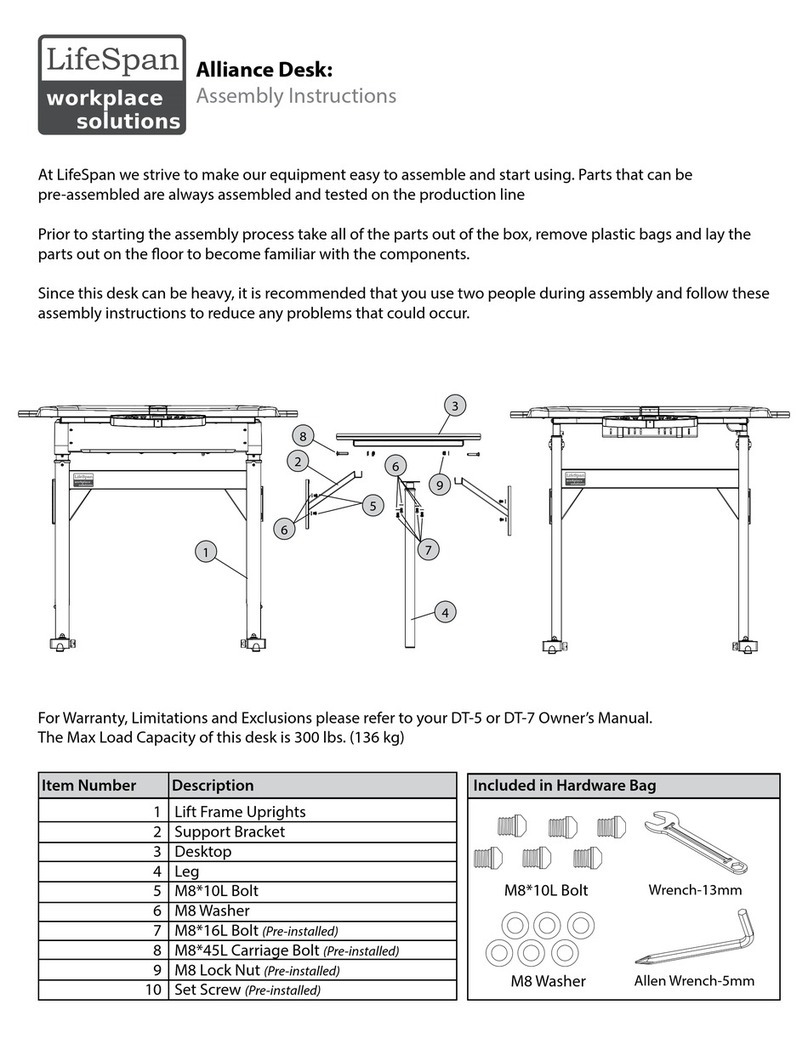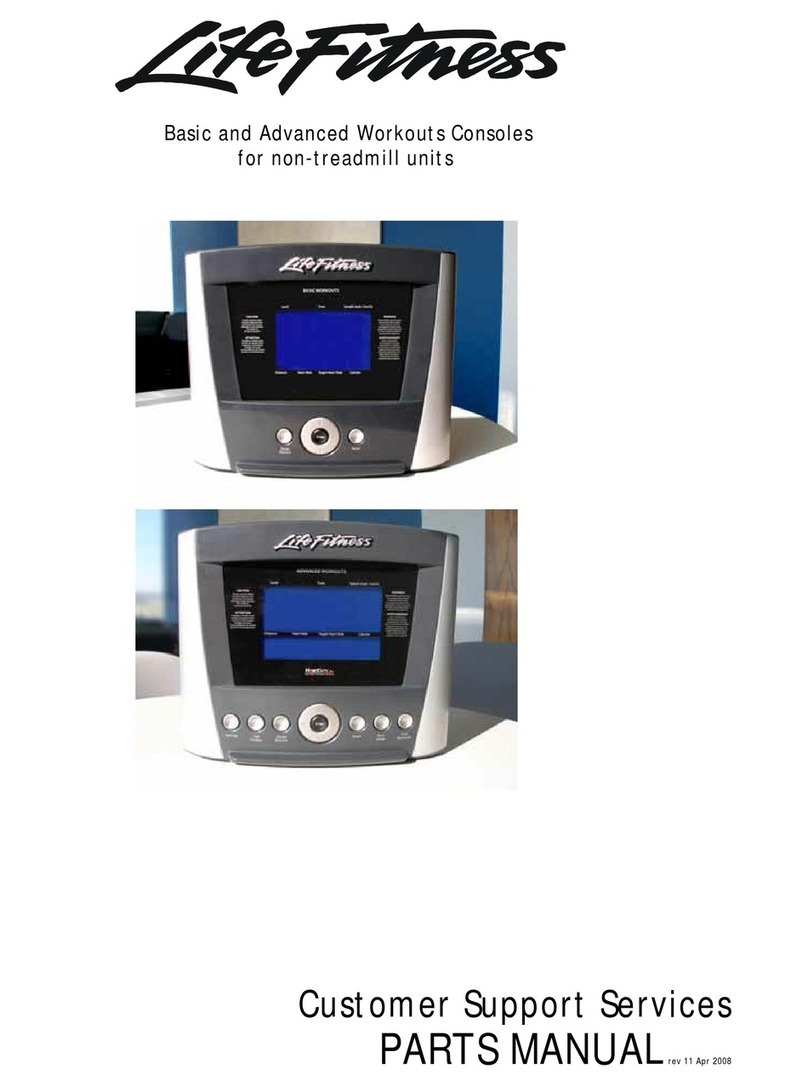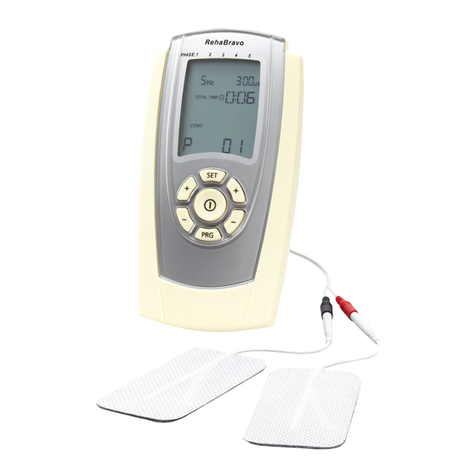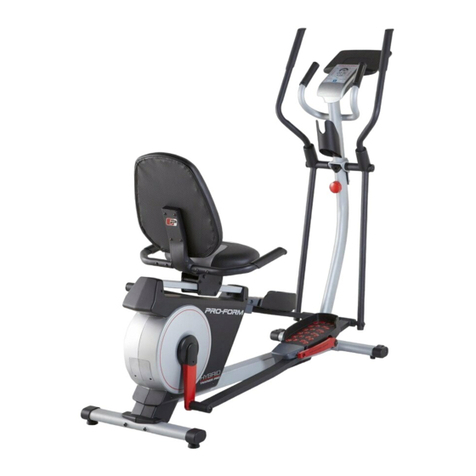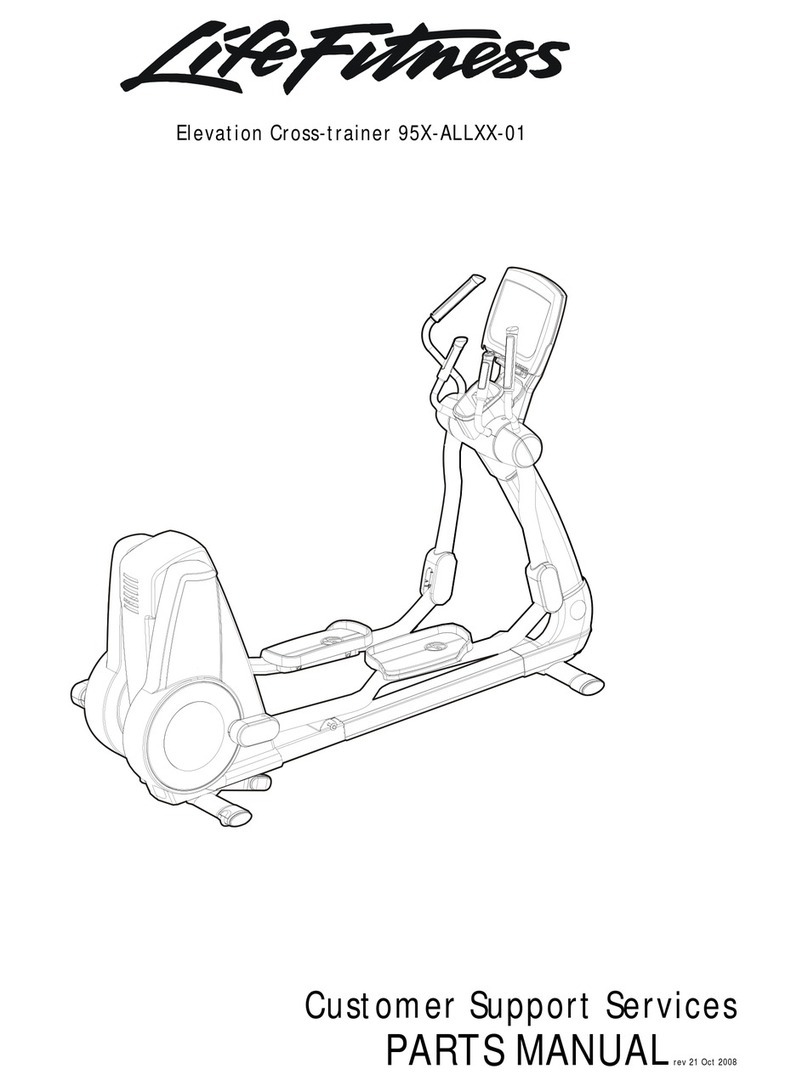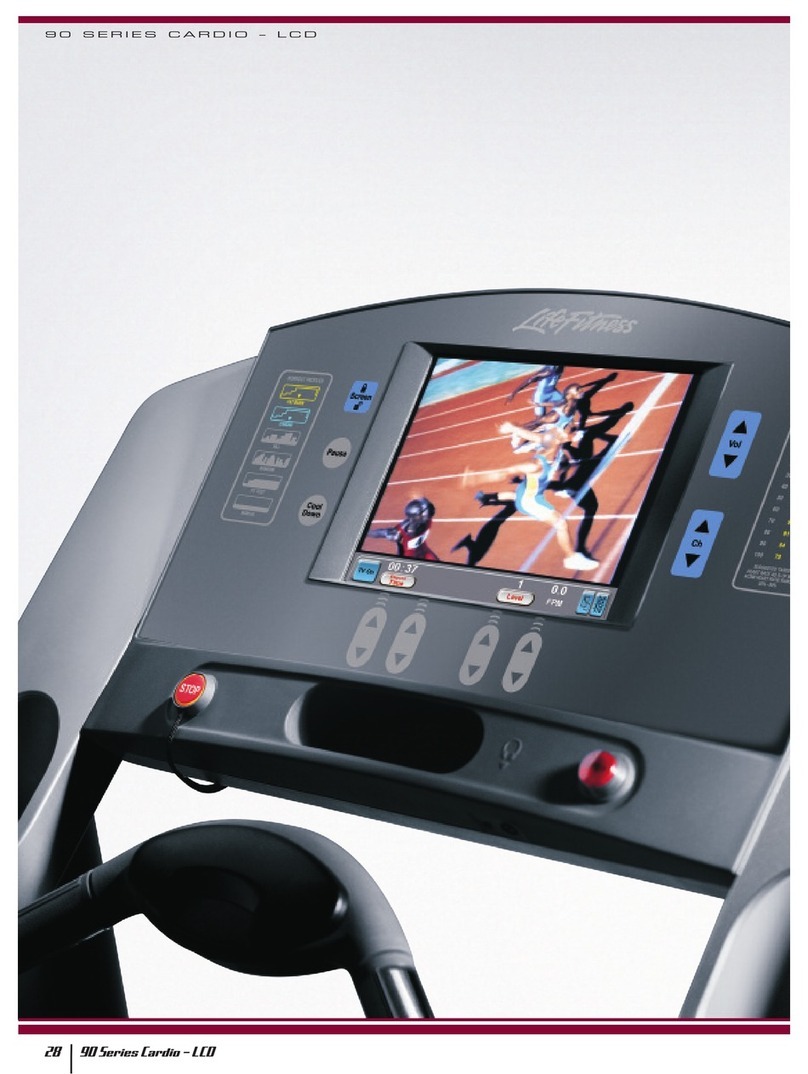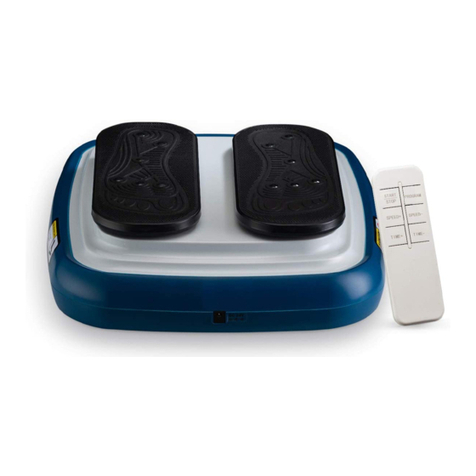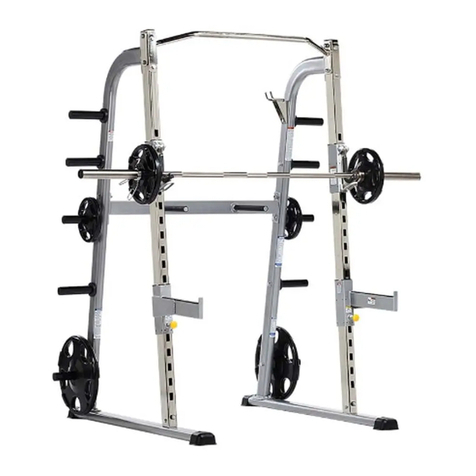TracPal Strap User manual

PRODUCT INFORMATION & USER MANUAL
THANK YOU for purchasing the TracPal device. We are certain that this device will help you
to deal with pain and gain fast recovery.
If you have any questions, please contact our rehab specialist on: [email protected]
INITIAL INFORMATION
The TracPal device is used to relieve pain caused by wear and tear injuries in the hip, knee,
lower back, shoulders and neck. TracPal provides pain relief, relieves pressure and improves
joint mobility. When using TracPal, the joints are slightly distracted for intra articular relief
using body weight and strength as explained in this paper.
TracPal is meant to be an important part of a course of treatment options which can be
given by your local healthcare provider.
ADDITIONAL TOOLS
We recommend using a yoga block and a rubber mat during treatments. The yoga block is
required for knee traction, but it can also be used for better reach during hip traction. The
rubber mat will help against sliding on the floor and is more comfortable.
USER SAFETY
The initial application of the product should be carried out after carefully reading this paper
or instructed by qualified personnel.
Some individuals might feel soft tissue soreness after initial usage. The soft tissue will slowly
remodel and adapt into healthier tissues. Minimise any normal soft tissue response by
starting easy and slowly progressing into a stronger pull after the first few treatments.
Do not use sudden strength or abrupt movements causing unwanted tension the joints. At
no time should you feel increased pain during the usage of this product. If pain is increased
in your hip, knee, lower back, shoulder, neck or any other location, discontinue the use of
the device and seek counsel.
Let the treated joint rest for few days after initial use. Under normal conditions we suggest
1-3 treatments a week and when extra strain and pain in the joint is noticed.
Video manuals and detailed information can be found on our website: www.tracpal.com
1

HIP TRACTION
Required tools: TracPal Strap.
a) Make sure that the door jamb strap is adjusted using the pin to fit the width of the
door so that the ankle strap is up against the door jamb (Image 1). Place the door
jamb strap in between the door jamb either on the hinge or lock jamb side about
30-50 cm from the ground, approximately just below the knee capsule, and close the
door (Image 2).
b) Put on the ankle strap by placing the short-end over the foot, followed by the
long-end (Image 3). Insert the long strap into the buckle (Image 4), pull tight using
the finger loop (Image 5) and secure (Image 6).
c) Lie down in a comfortable position at a 30-degree angle (Image 7). Relax your
muscles and breathe deeply. Gently push yourself away from the door with the
other leg until you feel light traction in the hip (Image 8). Hold for one minute and
recover for 15 seconds. Repeat 3–5 times.
d) During hip traction, a Yoga Block can be used under the knee for less strain on the
knee capsule and for easier relaxation between intervals (Image 7). A Yoga Block
should be used at all times If the user suffers from joint hypermobility. The Yoga
Block can as well be used under the foot for better reach (image 8).
You should not feel any discomfort or pain. Sensations are very subtle, move slowly and
listen to your body.
2

KNEE TRACTION
Required tools: TracPal Strap and Yoga Block.
a) Make sure that the door jamb strap is adjusted to the width of the door (Image 1).
Place the door jamb strap in between the door jamb either on the hinge or lock jamb
side about 5 cm from the ground, close the door and pull tight (Image 2).
b) Put on the ankle strap by placing the short-end strap over the foot, followed by the
long-end (Image 3). Insert the long-end strap into the buckle (Image 4), pull tight
using the finger loop (Image 5) and secure (Image 6).
c) Set the Yoga Block under your knee, slightly towards your thigh. Lie down in a
comfortable position at a small angle. Relax your calf muscles and breathe deeply.
Gently push yourself away from the door with the other leg until you feel light
traction in the knee (Image 7). Hold for one minute and recover for 15 seconds.
Repeat 3–5 times.
You should not feel any discomfort or pain. Sensations are very subtle, move slowly and
listen to your body.
3

NECK TRACTION
Required tools: TracPal Strap and Extension Strap
a) Hook the extension strap to the door handle on the opposite side of the door and
bring the strap to your side (Image 1 and 2). Close the door and fix the TracPal
extension strap in place. Connect the TracPal to the extension strap with the
carabine and the D-ring (Image 3). Fold TracPal in an O-shape so that your head can
fit through. The length of the extension strap should be so that TracPal will hang 2
cm from the ground. (Image 4).
b) Remove any accessories that may create discomfort such as earrings, eyewear etc.
Lie down on a yoga mat to prevent sliding on the floor and place the TracPal device
around your head so that TracPal will firmly support the base of the skull (Image 5).
c) Move away from the door until you feel light traction in the neck. (Image 6). Stay in
this position for 5-10 minutes.
Your head should be almost parallel to the floor, like if you were floating on water.
4

LOWER BACK TRACTION
Required tools: TracPal Strap and Extension Strap.
a) Hook the extension strap on the door handle on the opposite side of the door and
bring the strap to your side (Image 1 and 2). Connect the TracPal device to the
extension strap via the D-ring and carabine (Image 3). The length of the extension
strap should be so that TracPal will hang 50-60 cm from the ground (Image 4). Fold
TracPal into an O-shape wide enough, so that both of your feet will fit through.
b) Lie down on the mat to prevent sliding on the floor. Place your feet through the loop
and make sure your feet will not slip out.
c) Slowly move away from the door until you feel light traction in the lower back
(Image 5). Stay in this position for 5-10 minutes. You can also swing your legs from
side to side to create a more relaxed feeling in the lower back.
For deeper lower back stretch - support your upper body on the elbows and push the lower
back towards the floor, breathe deeply 5-8 times.
5

SHOULDER TRACTION
Required tools: TracPal Strap.
a) Place the door jamb strap in between the door jamb above your shoulder height,
close the door and pull tight. Fold TracPal into an O-shape. The TracPal strap should
end below your shoulder (image 1).
b) Put your elbow through the TracPal device to support your elbow. The weight should
be equal on both legs. Have your feet about shoulder width apart. Push your
shoulders back.
c) With the free hand grab your wrist. Slightly lean your body away from the door.
Keep your body in a straight position (image 3).
Keep your shoulder in a low position, completely relaxed and balanced.
6

INSTRUCTIONS FOR CARE
The product should be used in strict conformity with the user instructions. The product is
not flame-resistant. The product should not come into contact with grease or acid agents,
unguents and lotions, as this can reduce the period of use. Use a slightly moistened cloth to
clean the product. Dispose the product in accordance with national regulations.
CONTRAINDICATIONS
Do not use the TracPal device if you suffer from any of the following conditions:
●Fractures
●Rheumatoid Arthritis
●Lumbar Spinal Instability
●Traumatic or Acute Injury
Ask your health care provider before usage if you are uncertain about your condition.
REGULATIONS
The product meets the requirements of the Medical Device Directive 93/42/EEC and has
been classified according to the European classification rules.
LIABILITY
The manufacturer’s warranty only applies if the product has been used under the conditions
and for the purposes described. Use the product according to this paper and at your own
risk. Prelab OÜ does not take any responsibility and is not liable for any damage caused to
the users or their surroundings through use of the product.
MATERIAL
Strap: polyester, Velcro: polyamide, Inner mesh: polyester, Webbing: polyester
PATENT
TracPal is protected by patent number EP3135265
7
Table of contents
Popular Fitness Equipment manuals by other brands
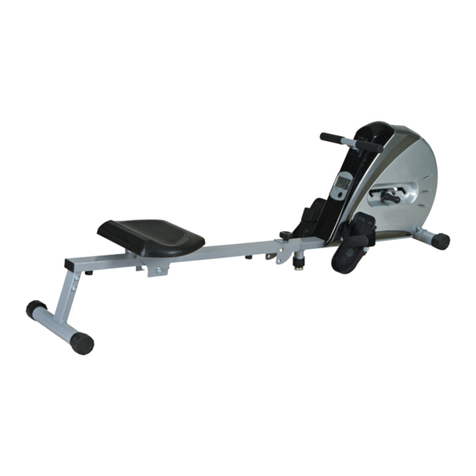
In Shape
In Shape 17415 instruction manual
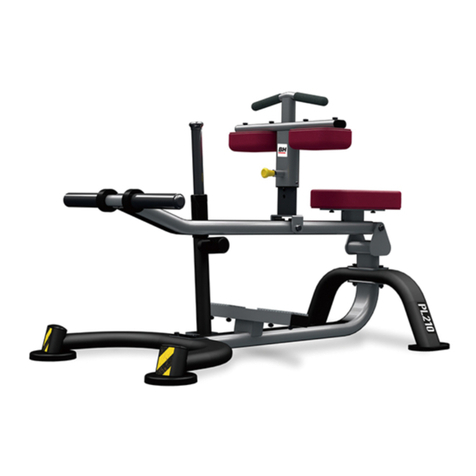
BH Hipower
BH Hipower PL210 Instructions for assembly and use
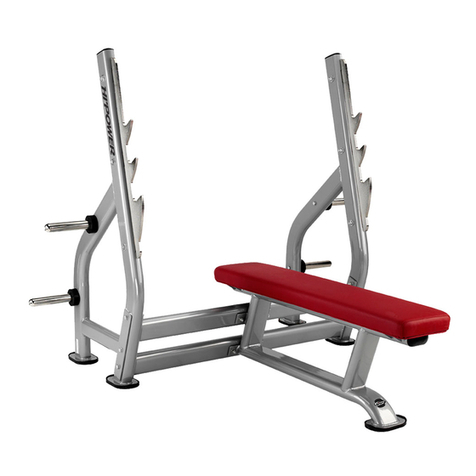
BH Hipower
BH Hipower L815 Instructions for assembly and use
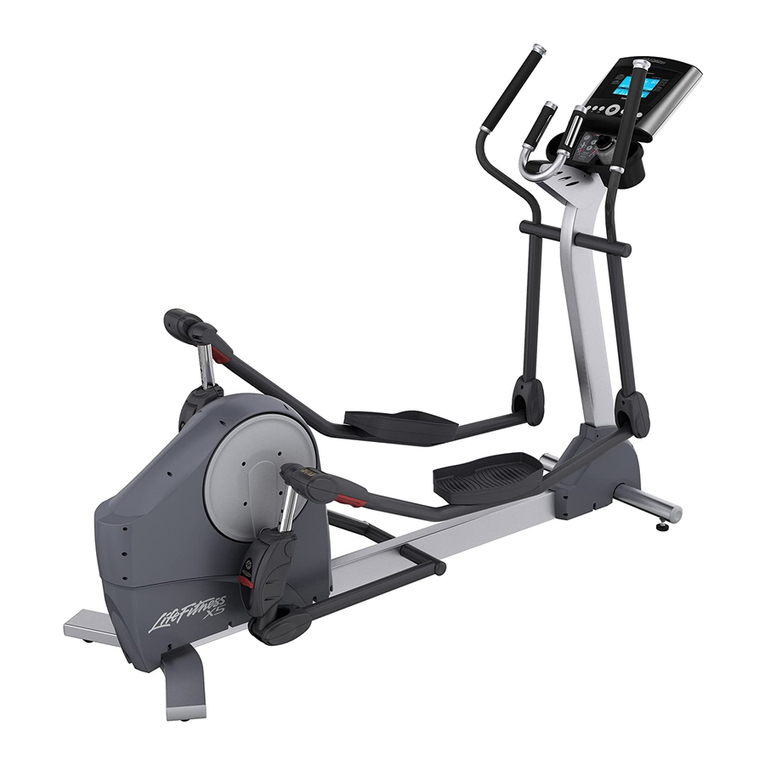
Life Fitness
Life Fitness Elliptical X5i Assembly & operation manual
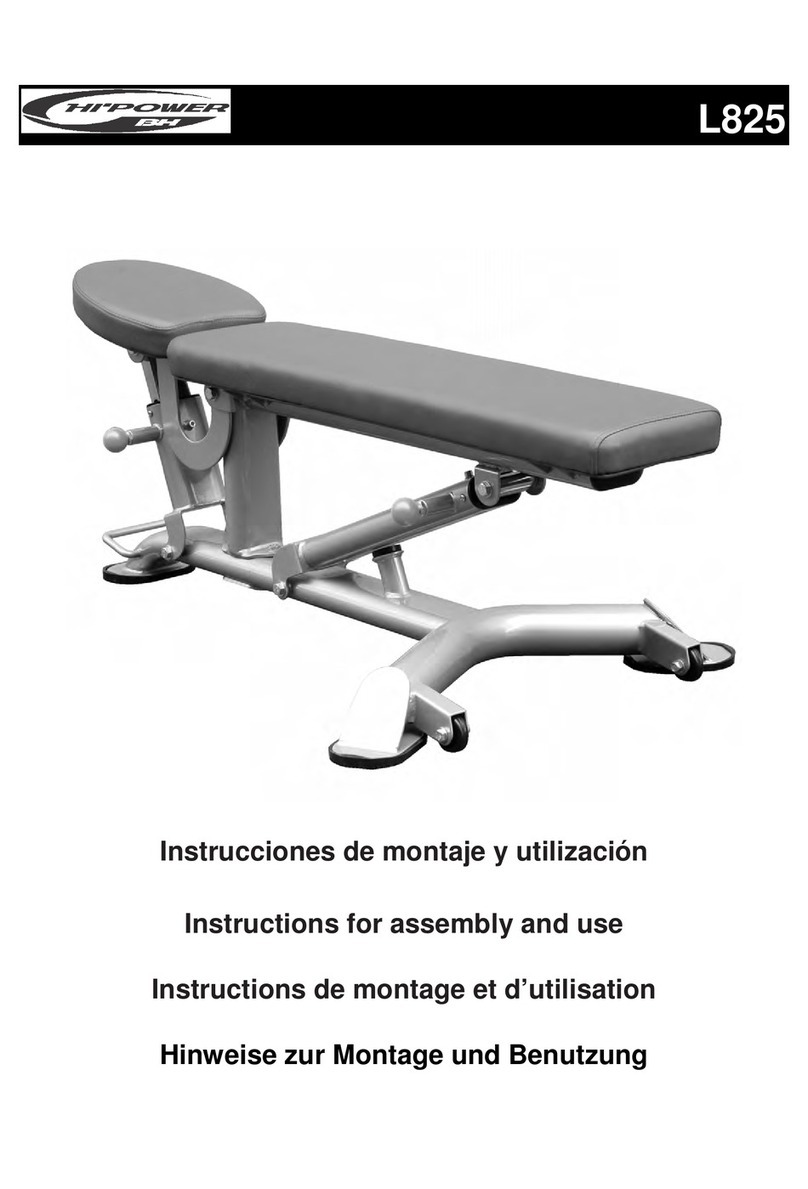
BH Hipower
BH Hipower L825 Instructions for assembly and use
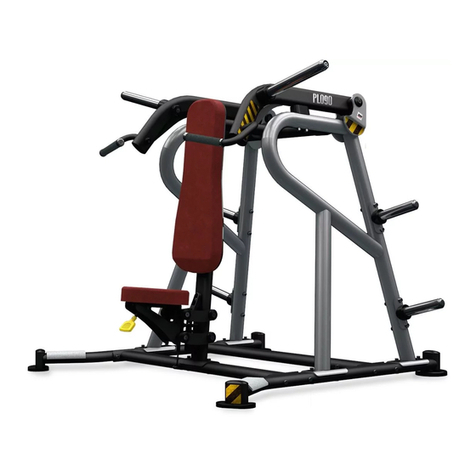
BH Hipower
BH Hipower PL090 Instructions for assembly and use
